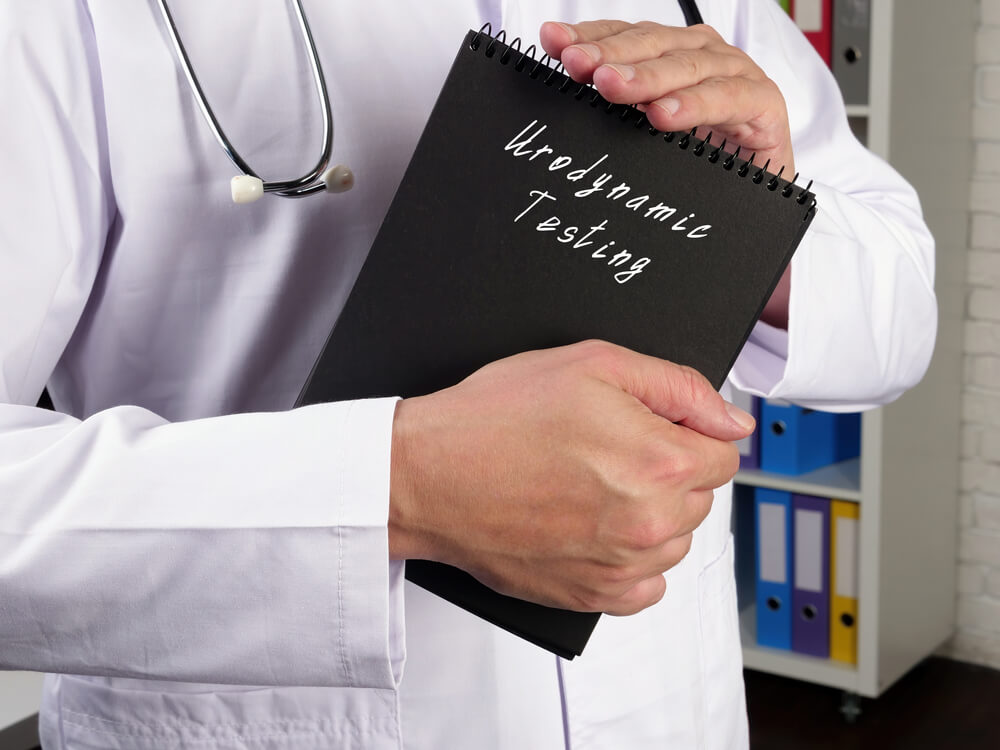Urodynamic testing is a procedure that detects urinary incontinence and lower urinary tract problems. It also measures the muscles and nerve activities, bladder pressure, flow rates, sphincters, urethra, and other factors. Furthermore, both men and women can undergo these methods.
What Conditions Require Urodynamic Testing?
Your healthcare provider will conduct urodynamic testing if you suffer from any of the following:
- Urine incontinence
- Excessive urination
- Urinary tract infections
- Discomfort while urinating
- Trouble starting to urinate
How To Prepare For Urodynamic Testing?
Before the test, the healthcare provider will ask you to drink fluids to ensure that your bladder is full. Then, the following tests will be conducted:
- Cystometry. This examination tests the pressure inside your bladder through catheters. This test checks how much your bladder can hold, how flexible it is, and how much you need to urinate. When the bladder is complete, the test detects involuntary spasms or contractions in the detrusor muscle.
- Electromyography. Suppose that the healthcare provider suspects that your urinary problem is due to nerve or muscle damage. In that case, he/she will instruct an electromyogram to measure the electrical activity of the nerves and muscles in and around the sphincters and bladder.
- Uroflowmetry. This test determines your urination rate and how easily you urinate. Before the test, the healthcare provider will require you to have a full bladder. Furthermore, the examination results will show whether you have weak bladder muscles or a blockage.
- Postvoid residual measurement. This examination measures the amount of urine left in your bladder after you empty it. The amount of urine left is called postvoid residual. It is measured with ultrasound and tested using a catheter to remove the excess urine.
- Video urodynamic tests. Video urodynamic tests, cystometry, uroflowmetry, and X-ray cystography are used in single tests to measure urine flow and pressure in the bladder and rectum. These tests demonstrate the shape and size of the bladder and urethral function.
After Urodynamic Testing
You will experience slight pain or soreness during urination. You will see a small amount of blood during the catheter. Furthermore, the symptoms improve when you take eight to sixteen ounces of water every two hours.
The healthcare provider will also suggest taking a warm bath or damp washcloth over the urethral opening and prescribed over-the-counter pain medications. If necessary, he/she will provide antibiotics for infection.
Call a healthcare provider if you have symptoms of infections.


